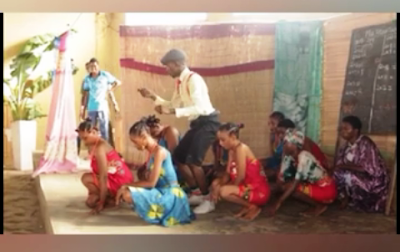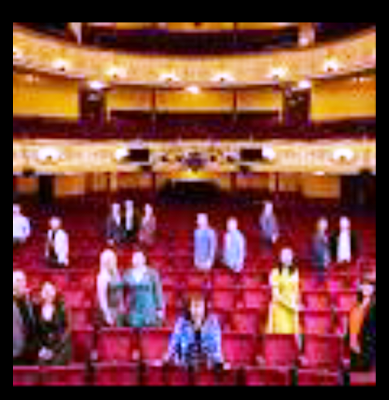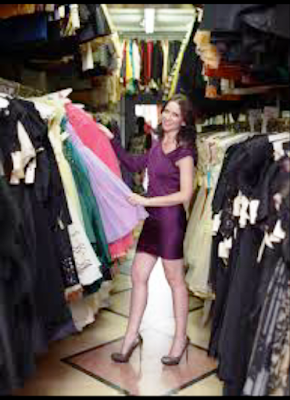Hopes of the Living Dead By Ola Rotimi

HOPES OF THE LIVING DEAD BY OLA ROTIMI PLAY ANALYSIS BY EGURIASE S. M. OKAKA This play is based on the rebellion in Nigeria in the year 1928-1937. The play story is centre on Ikoli Harcourt Whyte and the British administration that include the Senior Medical Officer, the Superintendent of Police and many others in the administration. The play is about leprosy. Leprosy is an infectious disease which cause painful white area on the skin and can destroy nerves and flesh. The play has characters cutting across all segments of the country. “The baboon laughs at the vulture of having baldness on it head forgetting that he too have baldness on it buttock.” That is the case we faced in reality. We also looked at the roles played by other characters in the story making all the elements a unified whole in itself. The conflict started when Dr. Fergusson relocated to London. His departure caused a total stoppage in his research for the cure of leprosy, meaning that their hope of gettin



